Bush Beans vs's Pole Beans
mac1970
15 years ago
Featured Answer
Comments (9)
garden_fool
15 years agolast modified: 9 years agoruthieg__tx
15 years agolast modified: 9 years agoRelated Professionals
Surprise Landscape Architects & Landscape Designers · Prairie Ridge Landscape Architects & Landscape Designers · Wilmington Landscape Contractors · Alamo Landscape Contractors · Bedford Landscape Contractors · Cockeysville Landscape Contractors · Cudahy Landscape Contractors · Mastic Beach Landscape Contractors · Peoria Landscape Contractors · Ridgewood Landscape Contractors · Rockwall Landscape Contractors · Sugar Hill Landscape Contractors · Bellingham Decks, Patios & Outdoor Enclosures · Mitchellville Decks, Patios & Outdoor Enclosures · Morgan Hill Decks, Patios & Outdoor Enclosuresjimster
15 years agolast modified: 9 years agohatchjon
15 years agolast modified: 9 years agoMacmex
15 years agolast modified: 9 years agohemnancy
15 years agolast modified: 9 years agozeedman Zone 5 Wisconsin
15 years agolast modified: 9 years agocabrita
14 years agolast modified: 9 years ago
Related Stories

SUMMER FRUITS AND VEGETABLESSummer Crops: How to Grow Beans
Grow your own beans for amazing variety and healthy, convenient produce all summer
Full Story
CONTAINER GARDENSPatio-Perfect Berry Bushes Like You’ve Never Seen
Small enough for pots but offering abundant fruit, these remarkable bred berries are a boon for gardeners short on space
Full Story
GARDENING GUIDES10 Easy Edibles for First-Time Gardeners
Focus on these beginner-friendly vegetables, herbs, beans and salad greens to start a home farm with little fuss
Full Story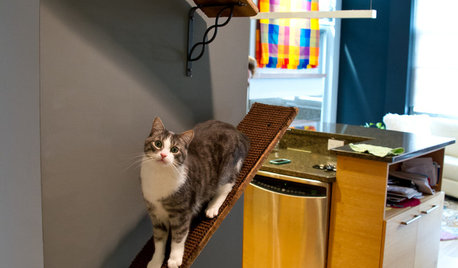
PETSUpload of the Day: Catwalks Keep Pets Happy in a Candy-Colored Condo
Shelves and wall-mounted boxes keep 2 cats active and entertained while their guardian is at work making jelly beans
Full Story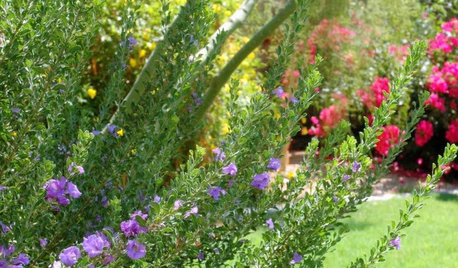
GARDENING GUIDESSouthwest Gardener's June Checklist
Protect your plants from too much sun while waiting for rain relief, and guess what? Those cacti might need a drink
Full Story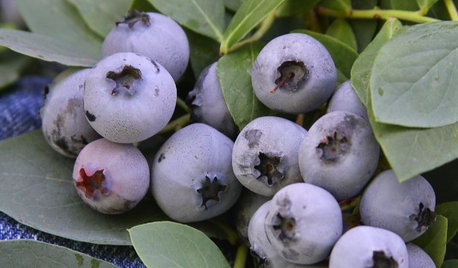
GARDENING GUIDES15 Favorites for Your Summer Edible Garden
Get your summer garden off to a good start with these popular fruits and vegetables
Full Story
GARDENING GUIDESEssential Watering Tips for Your Edible Garden
To give your edible plants just what they need, check out these guidelines for how, when and how much to water
Full Story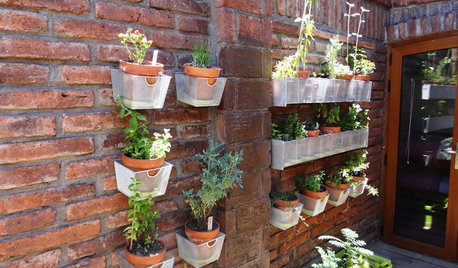
EDIBLE GARDENSHouzz Call: Where Are the Craziest Places You Grow Edibles?
Basil in a bathtub, spinach stacked up a wall ... If your edibles occupy an odd spot, we’d like to know
Full Story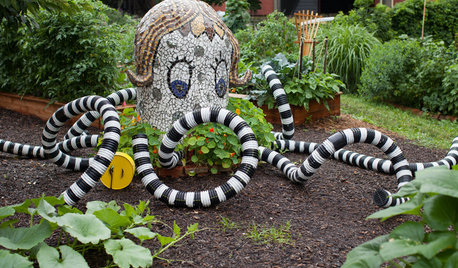
COMMUNITYArt, Edibles and Community Make Magic in a Pittsburgh Garden
With a name like Friendship, is it any wonder this neighborhood created such an enchanting community garden?
Full Story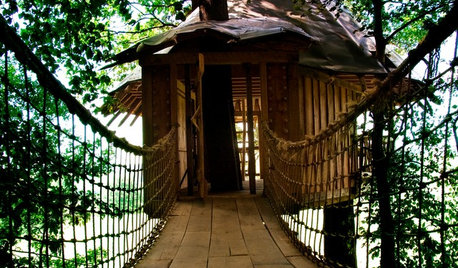
OUTBUILDINGS12 Fun Backyard Forts Grown-Ups Can Love, Too
Kids might use them for secret meetings, but the word is out on these tree houses and playhouses that consider adult design tastes
Full StorySponsored
Columbus Area's Luxury Design Build Firm | 17x Best of Houzz Winner!






cabrita